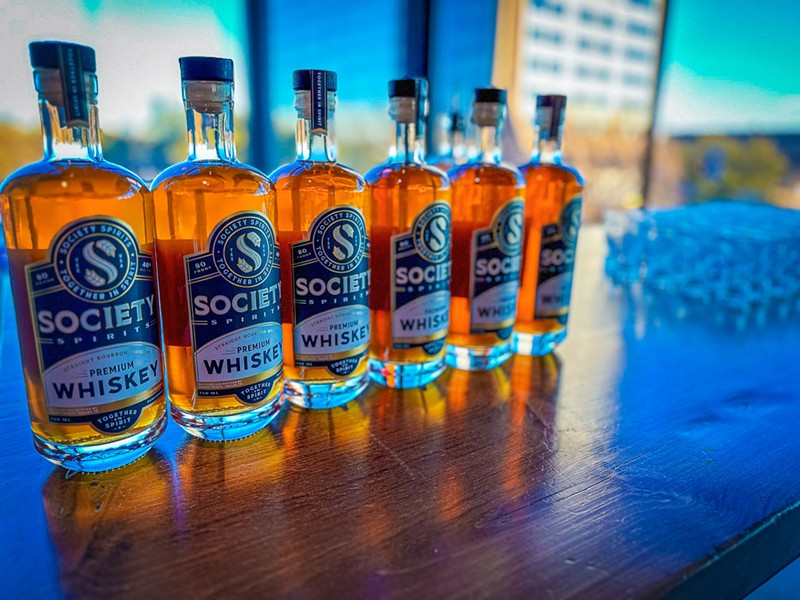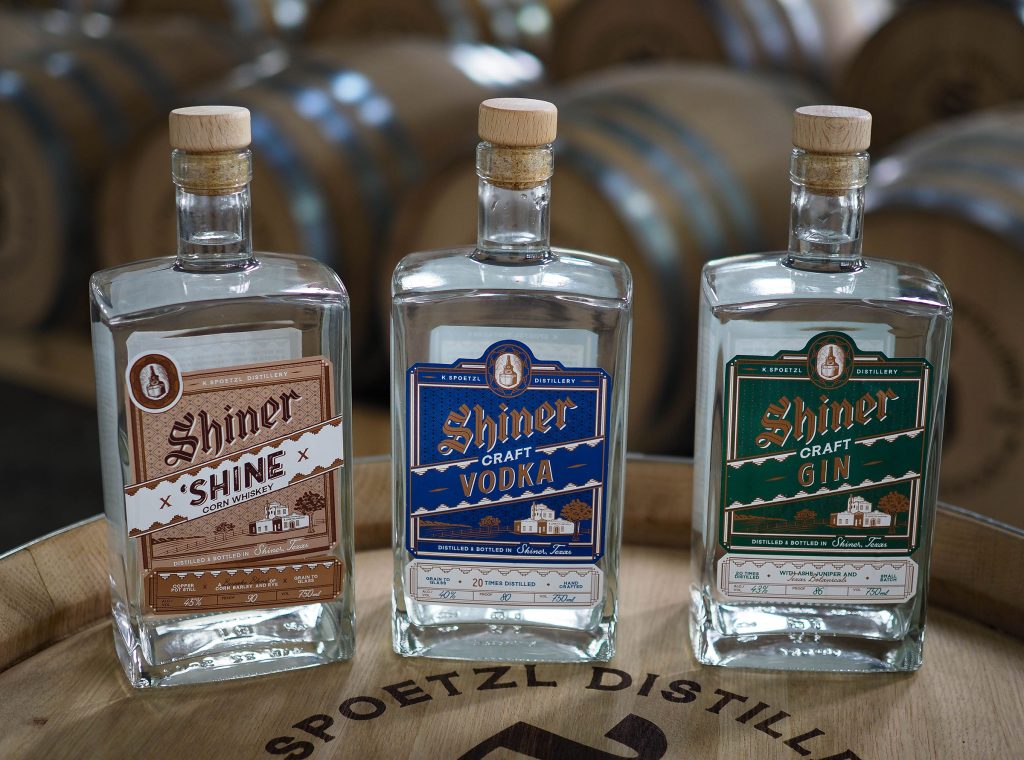Discover the most effective Breweries in Galveston Texas: A Beer Enthusiast's Guide
Wiki Article
Mastering the Craft of Purification: a Deep Study Distillery Traditions
Checking out the elaborate art of distillation reveals a world steeped in time-honored customs that have actually formed the spirits we take pleasure in today. From the old beginnings of distillation techniques to the modern-day advancement of distillery equipment, each step in the procedure brings with it a rich tapestry of background and proficiency. As we look into the delicate balance of modern versus traditional distilling methods and uncover the value of crucial active ingredients, a deeper understanding emerges of the extensive effect distillery customs carry the spirits we savor.Origins of Purification Techniques
The advancement of purification strategies has an abundant history that traces back to ancient people. The beginnings of purification can be connected to very early civilizations such as the Mesopotamians, Egyptians, and Greeks. These ancient cultures made use of simple purification approaches for perfumery, medicine, and producing liquors. The principle of separating elements based upon their various boiling factors laid the foundation for the innovative purification procedures we have today.
The earliest proof of purification days back to around 3000 BC in Mesopotamia, where clay pots were used to distill perfumes and aromatic oils. The Egyptians additionally advanced these methods, making use of purification for medical purposes and embalming practices. The Greeks, notably numbers like Aristotle and Hippocrates, added to the academic understanding of purification.
Over time, distillation spread to regions like India, China, and the Center East, each culture adding its distinct touch to the craft. The development of purification strategies continued via the Middle Ages and the Renaissance, eventually bring about the varied range of purification processes used in modern distilleries worldwide.
Development of Distillery Devices

With innovations in technology and a much deeper understanding of the distillation process, modern distilleries currently utilize a selection of sophisticated devices to generate spirits of the finest. Today, purification equipment consists of column stills, reflux stills, and hybrid stills, each developed to satisfy certain purification demands. These contemporary stills use far better temperature level law, enhanced distillation accuracy, and greater performance in separating alcohol from contaminations.
In enhancement to stills, distilleries currently utilize advanced condensers, fermenters, and filtering systems to more improve the extract. The development of distillery tools remains to play an important role in shaping the diverse series of spirits readily available in the market today.
Typical Vs. Modern Distilling Practices
On the other hand, contemporary distilling techniques utilize advanced modern technology and innovation to improve production procedures and enhance consistency. Automated systems, electronic controls, and modern equipment make it possible for modern distilleries to create spirits a lot more successfully and with greater precision.While standard distilling techniques Distillery in Galveston are valued for their heritage and the special flavors they create, modern-day techniques offer benefits in regards to scalability, quality assurance, and sustainability. By integrating clinical developments and contemporary design, distillers can optimize production, decrease waste, and satisfy the needs these days's market better. Inevitably, the choice in between conventional and modern-day distilling techniques usually depends upon the distillery's objectives, worths, and target market.
Key Ingredients in Distillation Refine
Within the craft of purification, the option of key components plays a crucial role in determining the taste profile and high quality of the spirits created. The main ingredients used in the distillation process are commonly water, yeast, and a fermentable resource such as grains, fruits, or sugarcane.Water is a basic element as it not only weakens the alcohol content to a tasty level yet additionally affects the overall mouthfeel and texture of the spirit. The quality and mineral content of the water made use of can substantially affect the end product.
Yeast is one more important ingredient that transforms the sugars existing in the fermentable source right into alcohol through the procedure of fermentation. Different stress of yeast can generate varying scents and flavors, adding to the one-of-a-kind qualities of the spirit.

Impact of Distillery Traditions on Spirits
The impact of historical distillery customs on spirits extends past the choice of essential ingredients, shaping the really essence and character of the last distilled items (Distillery in Galveston). These traditions, gave through generations, play an important duty in defining the one-of-a-kind preference profiles and high qualities that identify one spirit from one moreDistillery practices encompass a large range of practices, from the certain strategies used in distillation to the selection old processes utilized. The usage of traditional copper pot stills in scotch manufacturing is believed to give particular flavors and qualities that are highly valued by aficionados. The aging of spirits in oak barrels, a practice deeply rooted in distilling traditions, contributes to the advancement of complicated scents and tastes over time.

Conclusion
From the origins of purification methods to the modern techniques, the influence of distillery practices on spirits is undeniable. Distillery customs play a crucial function in forming the spirits market and maintaining the heritage of purification techniques.Throughout the history of distillation, the devices utilized in distilleries has undertaken significant evolution to improve effectiveness and top quality of the purification procedure.With developments in modern technology and a much deeper understanding of the distillation procedure, modern distilleries currently make use of a selection of innovative devices to generate spirits of the highest possible top quality. Today, purification devices includes column stills, reflux stills, and crossbreed stills, each made to provide to details purification requirements. From the origins of distillation strategies to the modern-day techniques, the influence of distillery practices on spirits is indisputable. Distillery traditions play a vital role in forming the spirits sector and maintaining the heritage of distillation practices.
Report this wiki page